Technologies
Camera Comparison: Google Pixel Fold vs. Samsung Galaxy Z Fold 4
It isn’t as close a competition as you might expect.
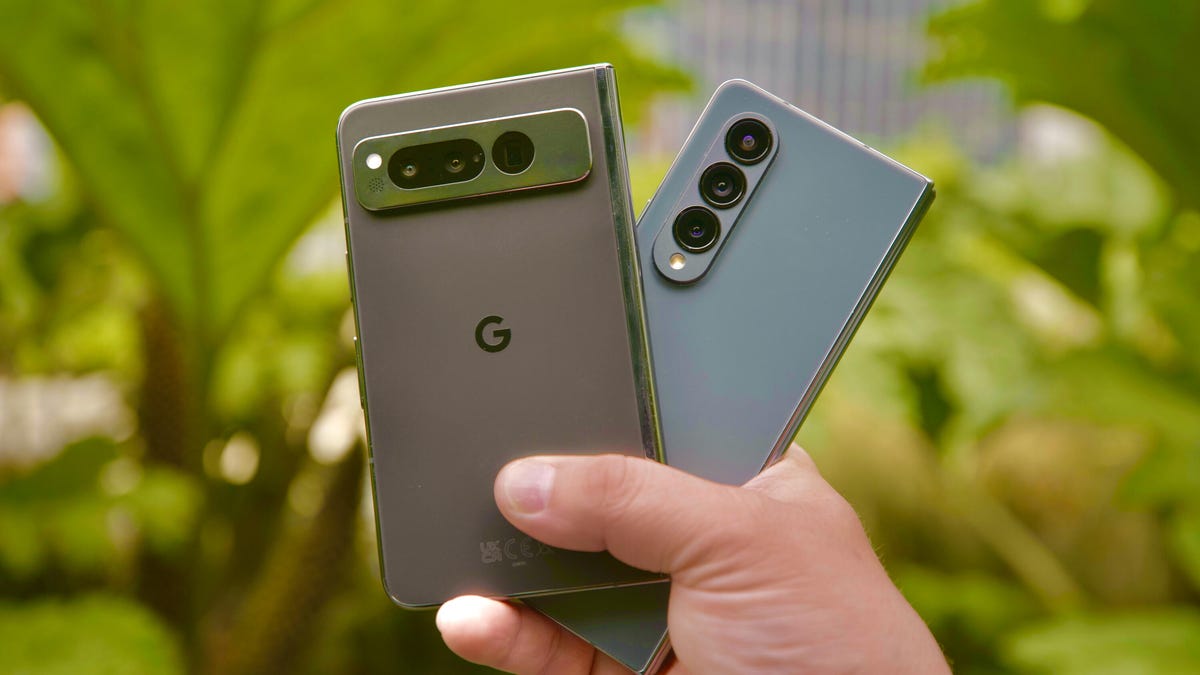
The new Google Pixel Fold costs $1,799 and has five cameras, just like the 11-month old Samsung Galaxy Z Fold 4. As you might infer from their names, each phone’s key feature is a foldable screen — which is largely the reason for their high prices. But a close second would be the cameras.
Neither the Pixel Fold or the Galaxy Z Fold 4 set any high marks for camera performance. The already tiny image sensors and lenses on regular phones are even smaller here, because the ultrathin bodies on these folding phones have less room.
But with such high prices, you’d be right to still expect these phones to be able to take some decent shots on your travels, so I was curious to see how they compare. And after a week of taking photos and videos on the Pixel Fold and Galaxy Z Fold 4, the results were not as close as I expected.
I should note that later in July, Samsung is holding an Unpacked event where we expect the company to announce the next-gen Galaxy Z Fold. Once it does, we will happily pit the new Z Fold against the Pixel Fold.
In the meantime, let’s dig into the details.
Read more: Best Camera Phone of 2023
Pixel Fold camera specs vs. Galaxy Z Fold 4
Both the Pixel Fold and Galaxy Z Fold 4 have three rear cameras, one cover screen camera and one interior screen camera. Resolution-wise it’s pretty close between what Google and Samsung each offer. I’d be remiss if I didn’t tell you that comparing image sensor resolution is like trying to compare the calories in food; 100 calories of broccoli has different benefits than 100 calories of ice cream. So yeah, more megapixels isn’t always better. The biggest differences are actually in the software processing, which Google seems to be better at.
The hardware is nearly identical in terms of specs, with the Pixel Fold having a 48-megapixel sensor, while the Z Fold 4 rocks a 50-megapixel sensor.
Google Pixel Fold camera specs vs. Samsung Galaxy Z Fold 4
| Google Pixel Fold | Samsung Galaxy Z Fold 4 | |
|---|---|---|
| Main camera | f1.7 aperture, 48MP sensor | f1.8 aperture, 50MP sensor |
| Ultra wide camera | f2.2 aperture, 10.8MP sensor | f2.2 aperture, 12MP sensor |
| Telephoto camera | f3.05 aperture, 10.8MP sensor | f2.4 aperture, 10MP sensor |
| Cover screen camera | f2.2 aperture, 9.5MP sensor | f2.2 aperture, 10MP sensor |
| Interior screen camera | f2 aperture, 8MP sensor | f1.8 aperture, 4MP sensor |
The interior screen cameras are also different, with the Pixel sporting an 8-megapixel sensor and the Galaxy having just a 4-megapixel one. Samsung’s camera is buried under the display, however, which is brilliant. It’s the camera you use the least, and I think Samsung was wise to improve the inner display experience by «hiding» the camera, even if it comes with the trade-off of a lower-resolution sensor.
The last main hardware difference is the telephoto camera, which on the Pixel Fold has a 5x optical zoom, while the Z Fold 4 has a 3x optical zoom.
Pixel Fold photos vs. Galaxy Z Fold 4
Before we get into some direct comparisons, take a look at some of my favorite photos from the Pixel Fold and the Z Fold 4.
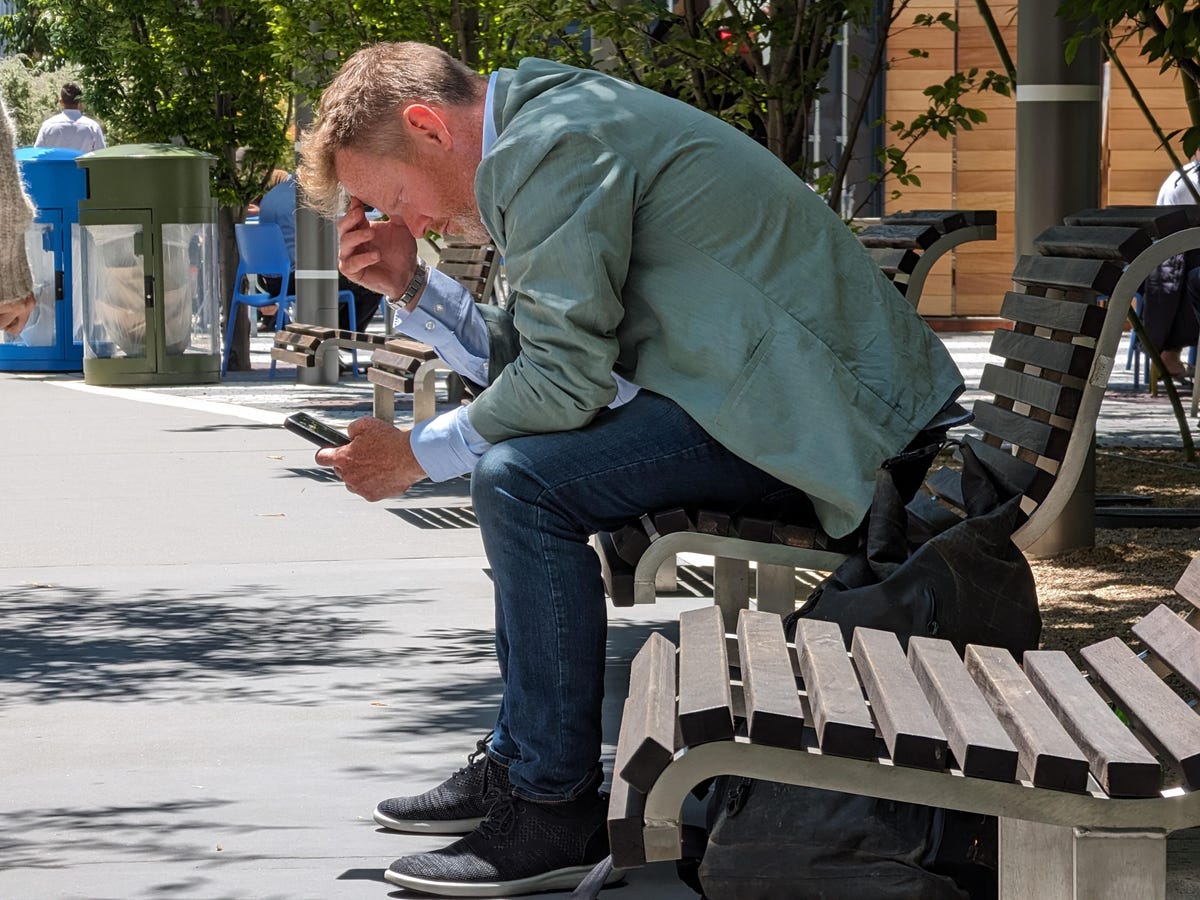
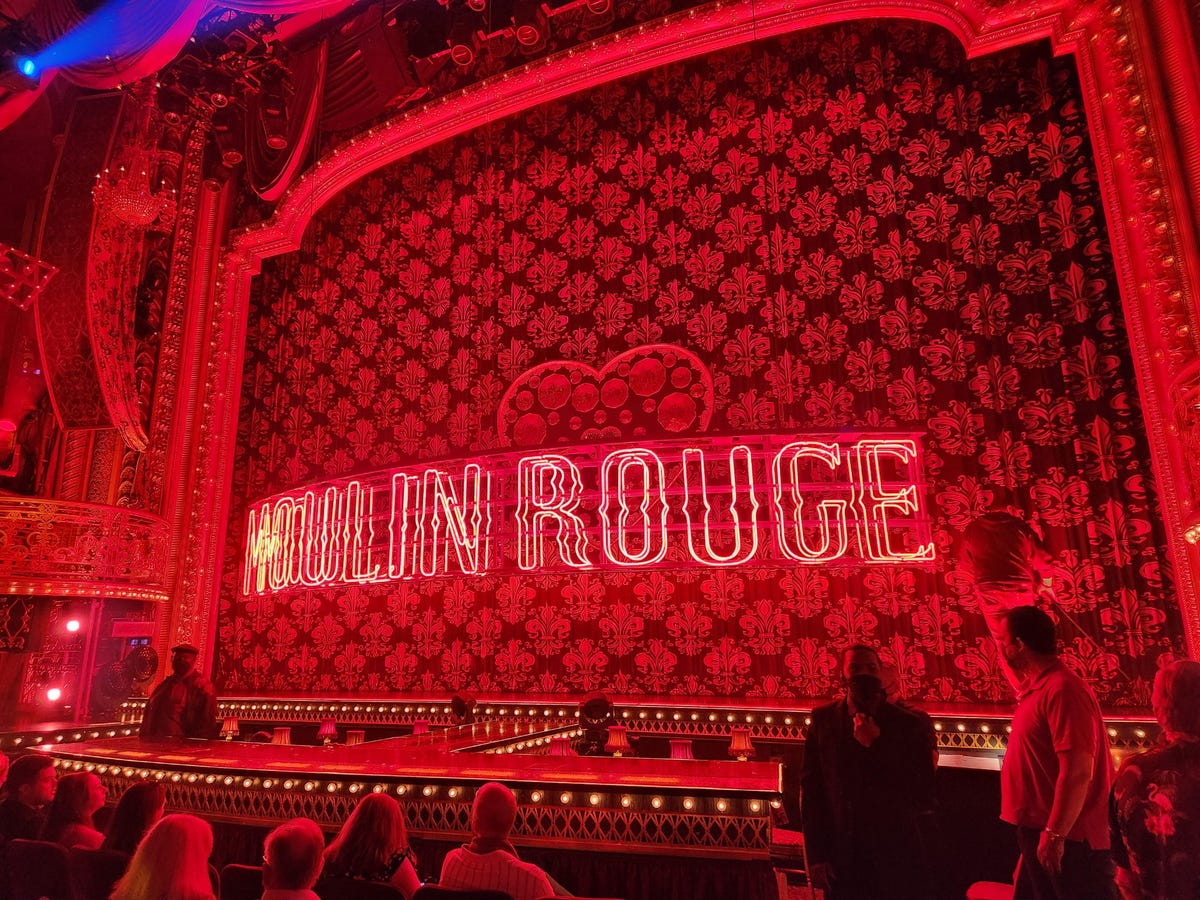

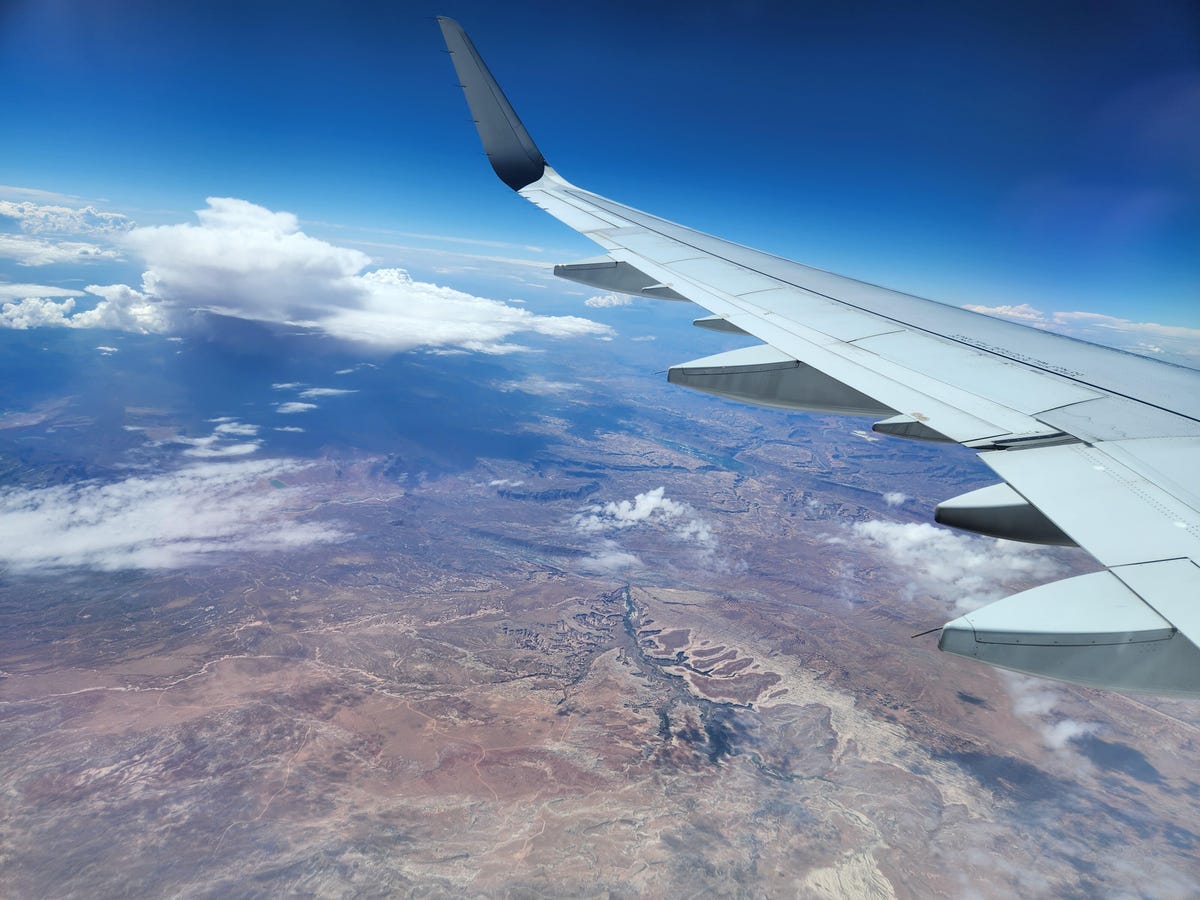
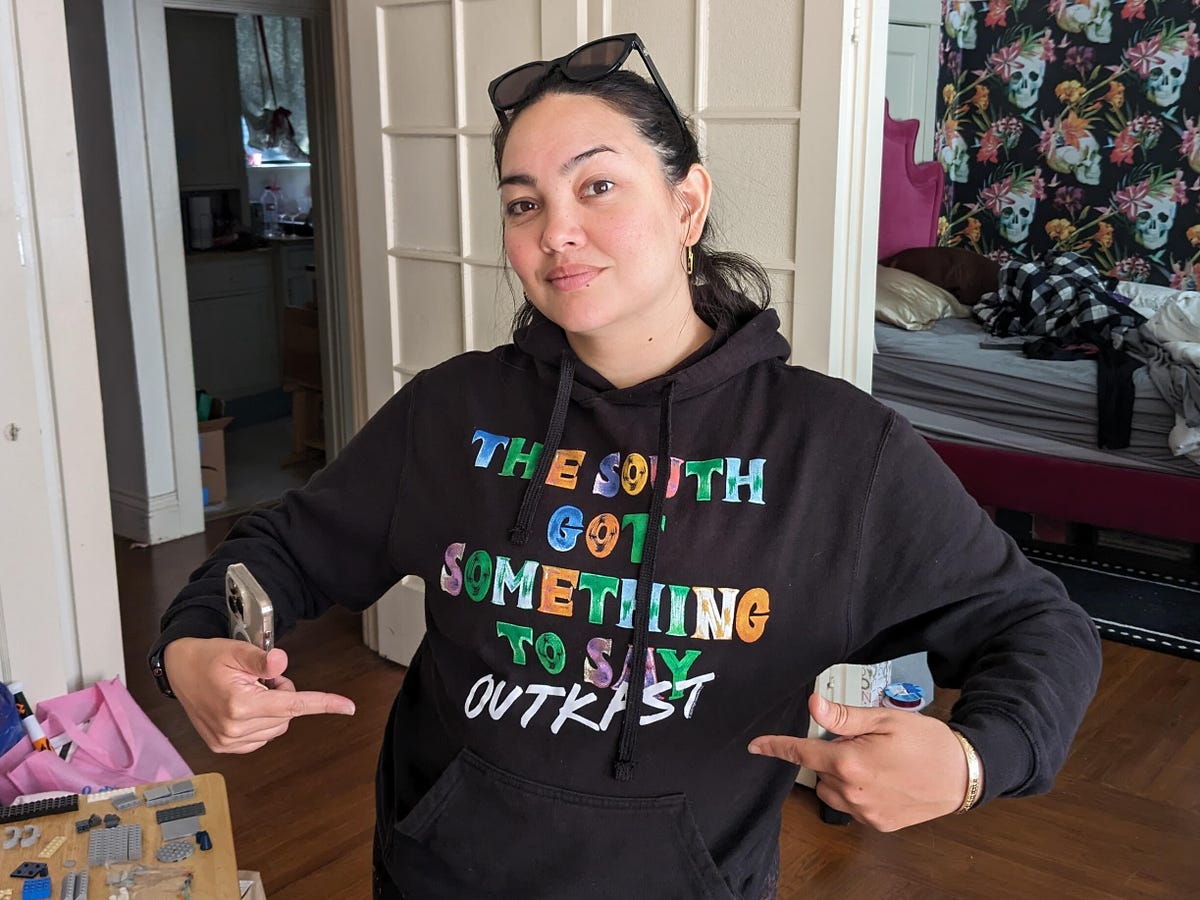
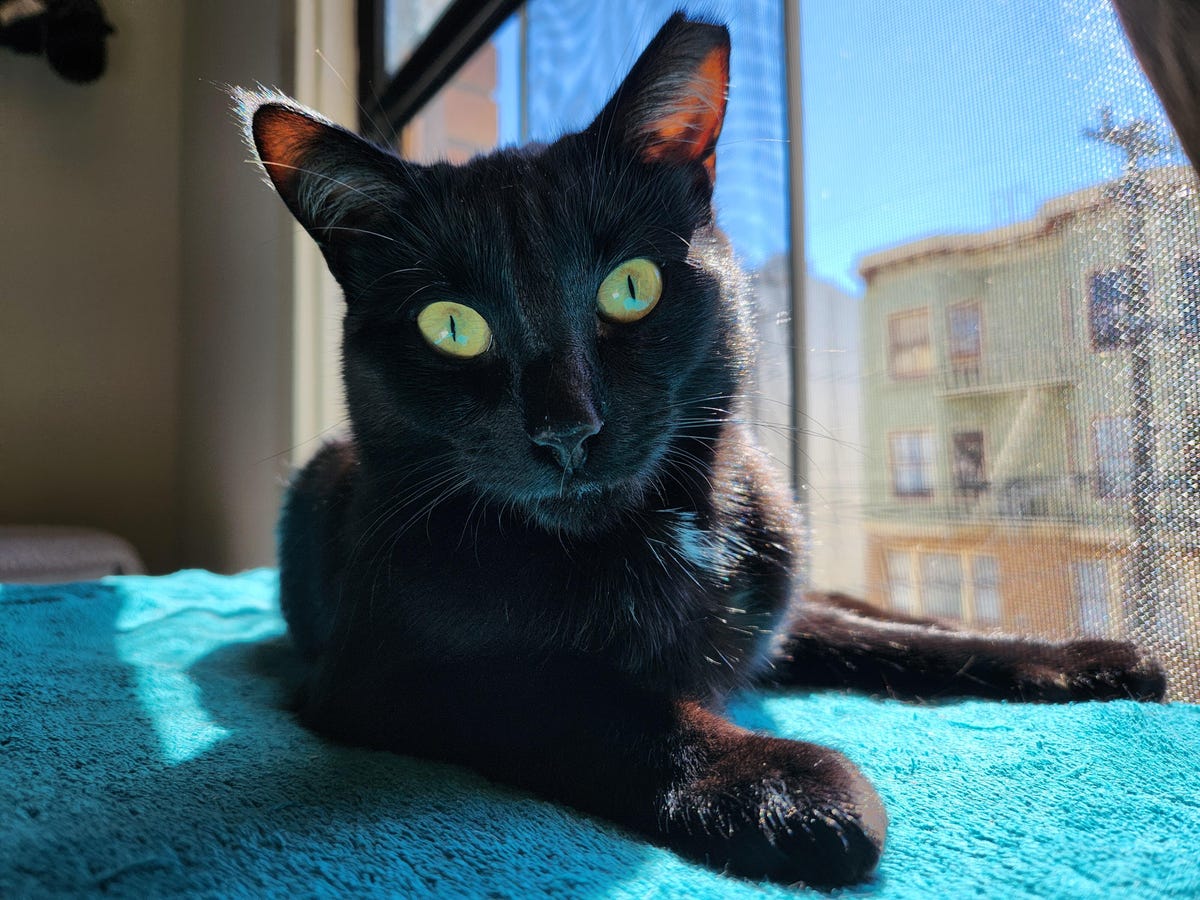
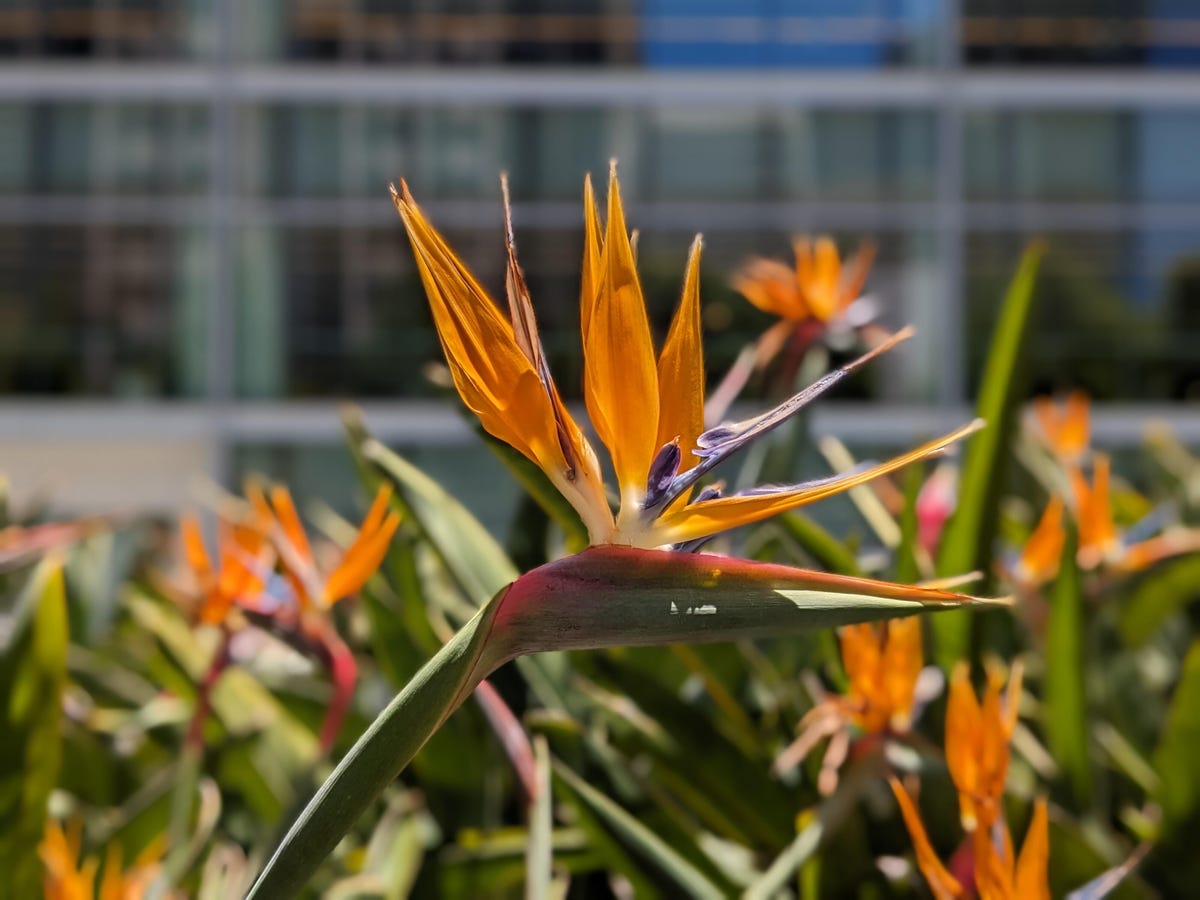

On the whole, Pixel Fold photos have better detail, a wider dynamic range and are more color accurate. And that’s even under a perfect summer day with blue skies, which is one of the most forgiving environments for any phone camera.
Take a look at the images below, each taken with the main camera, of a lunch area in Salesforce Park in San Francisco. The Pixel Fold’s snap balances the exposure better and has more details in the grass and tree leaves. And, yes, things were actually that green. But Samsung’s photo is messy. It’s overly bright, details are muddy and the color temperature is off — notice the green in the trees in the background and the sky.
Below are two more images from the main cameras. This time the differences aren’t quite as drastic. Both phones did a good job of capturing the cappuccino’s texture in the foam. But notice around the rim of the cup. The Pixel Fold’s photo looks more natural, with the cup’s rim in focus along with the top of the drink. The Z Fold 4’s image is strange. I know Samsung has a food optimizer setting, but I don’t remember it being on; it might have been. The edge of the cup is soft.
Next, take a look at the photos below, which were taken indoors under a mix of window light and low light. Here’s where the differences between Google and Samsung are huge. In Google’s photo of Peebles the cat, it handles the mixed light well, but captures some texture in his fur and whiskers. The photo is soft, but not in a bad way. Samsung’s photo looks bad. It suffers from over brightening, and is marred by a ton of image noise and heavy noise reduction, which makes the photo of Peebles look like a painting of Peebles.
Pixel Fold zoom vs. Galaxy Z Fold 4
Based purely on the specs, the Pixel Fold has the edge when it comes to zoom, since it has a 5x optical telephoto lens compared to the 3x on the Z Fold 4. That 5x is the sweet spot, helping you get closer to your subject without being in someone’s face.
Take a look at the zoom range on each phone.

At 5x it’s hard to tell any real differences between the two, aside from some loss of resolution on the Galaxy Z Fold because of the digital zoom.
Below are 10x digital zoom photos from both phones. Neither one looks great.
And last are photos taken at the max digital zoom magnifications on each phone: 20x on the Pixel and 30x on the Samsung. Despite the different magnifications, both have roughly the same amount of zoom/crop.
Samsung’s image has completely fallen apart and looks super soft and processed. The Pixel Fold’s photo isn’t great, but looks better thanks to Google’ Super Res Zoom, which uses a combination of hardware, software and AI to make it look better.
Pixel Fold night mode vs. Galaxy Z Fold 4
Moving on to night mode, things start to swing back in Samsung’s favor. Below are images of some apartment buildings taken an hour after sunset with night mode. Both look good, but the one from the Z Fold 4 looks better overall. The Galaxy phone protects the highlights better in the moon and in light sources like at the entrance of the apartment building in the middle.
Below are two more night mode shots. Again, both are good, though I like the one from the Galaxy Z Fold 4 more. The white balance is more true to the scene.
Pixel Fold selfies vs. Galaxy Z Fold 4
You have the option on both phones to take selfies several different ways. The first is using the cover screen camera on each phone. In the photos below, I think Samsung’s cover screen camera takes better selfies than the Pixel Fold’s cover screen camera. It does a better job at nailing focus and I like the brighter exposure.
Because these are foldable phones, you can also take a selfie with the main rear camera using the cover screen as a preview. I do like being able to use the rear camera to take selfies, but it feels like more of a chore. Between the two images below, I like the rear camera selfie from the Z Fold 4 better, since the brightness is more flattering.
There is a third way to take a selfie and that’s to use the inner display’s camera. Both the Pixel Fold and Z Fold 4’s inner screen camera are meant for video calls, so I tested them in the video that accompanies this article. Neither look good for a Zoom call, but the higher resolution on the Pixel Fold’s inside screen camera gives it a slight edge.
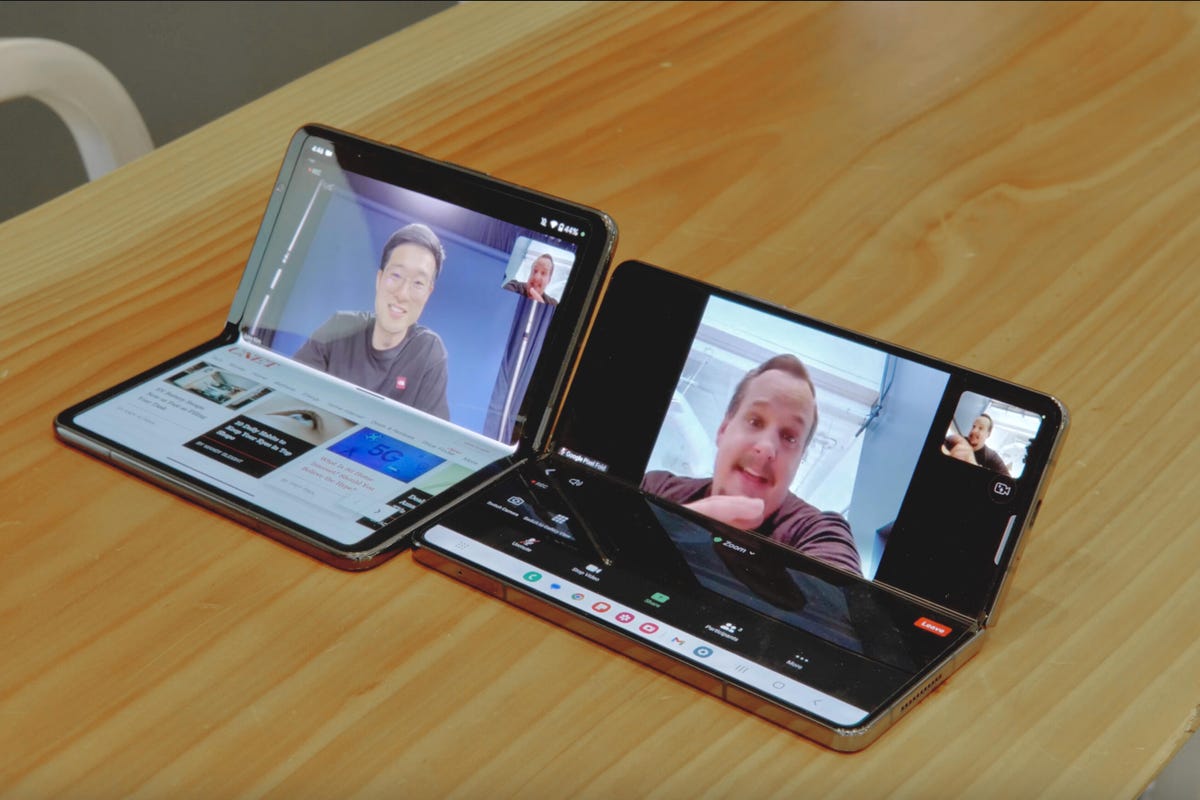
Pixel Fold videos vs. Galaxy Z Fold 4 and final thoughts
On the whole, videos aren’t great from either phone. Video recordings suffer from image noise and have less dynamic range than photos from each phone. Most of the machine learning algorithms and artificial intelligence Google and Samsung use in their photos is absent for videos. If you want to see sample video clips from each phone, please watch the video attached to this story.
So which phone has the best cameras? Neither the Pixel Fold or Z Fold 4 offer top-of-the-line phone cameras. But as far as these two phones go, I lean towards Google’s device more than Samsung’s (purely in terms of the cameras). The Z Fold 4, however, has an edge in other ways like the amazing inside screen, the premium fit and finish of the hardware and the software that seemed less fussy than the Pixel Fold.
Remember each of these phones costs $200 shy of two grand. For that price you get a phone that folds in half, that has two screens and five cameras. While the big interior screens of these foldables are great for editing your photos, few foldables offer the pristine image quality you’d find on their nonfolding counterparts. You should still look towards Samsung’s Galaxy S23 Ultra or Google’s Pixel 7 Pro if you want amazing imaging skills, but you’ll have to decide what your priority is: beautiful photos or an exciting folding screen? Right now, you can’t have both.
Just know that a month from now, things could change with the launch of the rumored Samsung Galaxy Z Fold 5.
Technologies
Chrome Autofill Now Supports Passport, Driver’s License and Vehicle Info
Soon, you’ll never need to remember anything ever again.
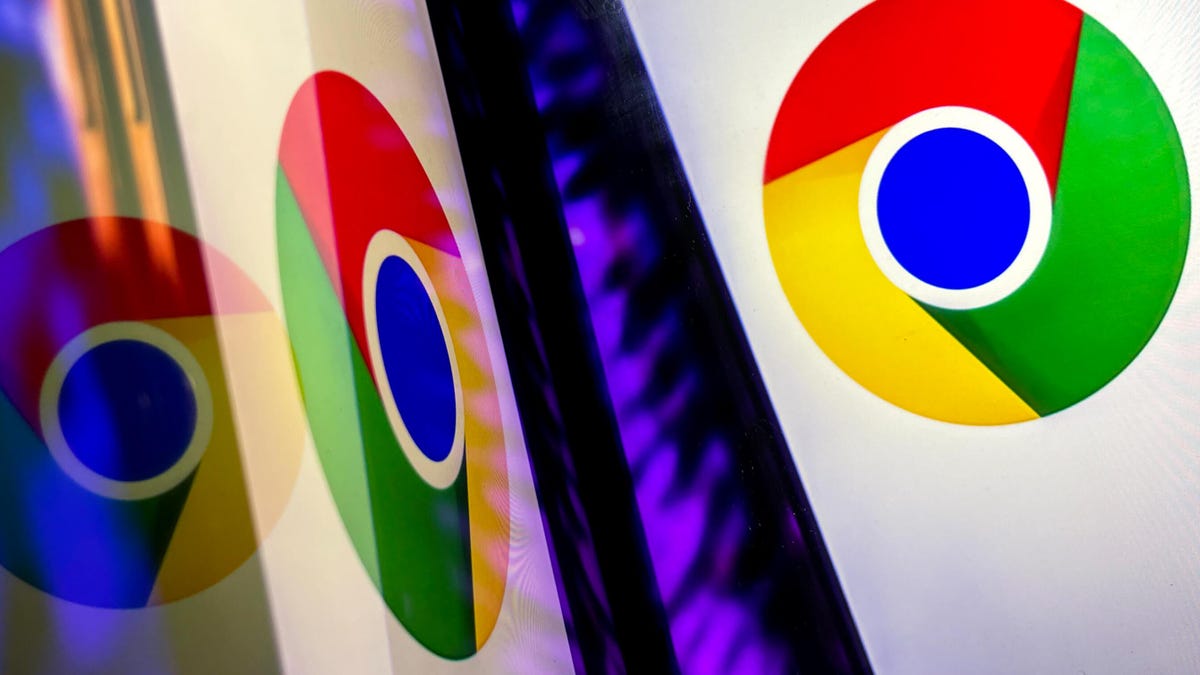
Computer users are accustomed to web browsers autofilling everything from names and addresses to credit card numbers. Now, Google Chrome is adding new enhanced autofill options that allow users to automatically populate fields for passports, driver’s licenses, and their vehicle’s license plate or VIN, Google said in a blog post on Monday.
Desktop users must choose to turn on the feature, which is called enhanced autofill. Otherwise, it stays off. To turn it on, open Chrome, and at the top right of your browser, select more, then settings, then autofill and passwords. Finally, choose enhanced autofill and turn it in.
Google says Chrome now can «better understand complex forms and varied formatting requirements, improving accuracy across the web.» The company also says that enhanced autofill will be «private and secure.»
This enhanced autofill update is available in all languages, and more data options will be supported in the coming months.
A representative for Google said the company had no additional comment.
Don’t miss any of our unbiased tech content and lab-based reviews. Add CNET as a preferred Google source.
Chrome is a critical component in Google’s business. The web browser, currently the most popular in the world with a 73% market share, according to GlobalStats, provides the company with valuable user data that it uses to sell advertising. Advertising is how Google makes the majority of its revenues. New features help keep users loyal to Chrome, making it more difficult for them to switch to other browsers, including those from companies like Perplexity and OpenAI.
Technologies
Today’s NYT Connections: Sports Edition Hints and Answers for Nov. 4, #407
Here are hints and the answers for the NYT Connections: Sports Edition puzzle for Nov. 4, No. 407.
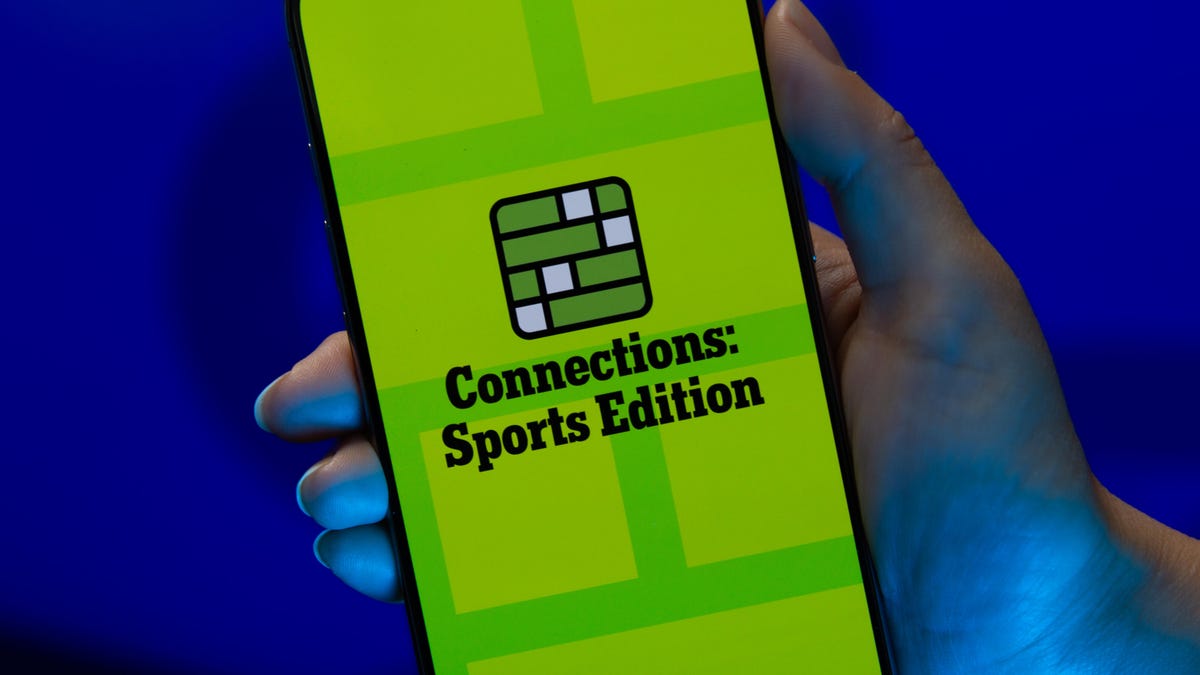
Looking for the most recent regular Connections answers? Click here for today’s Connections hints, as well as our daily answers and hints for The New York Times Mini Crossword, Wordle and Strands puzzles.
Today’s Connections: Sports Edition is a tough one. The Connections: Sports Edition puzzle makers will never run out of categories because they have discovered they can just pick one athlete and make a connections group out of four facts about that person. They do that today with the blue category, so if you don’t know that one player, you’re out of luck. If you’re struggling but still want to solve it, read on for hints and the answers.
Connections: Sports Edition is published by The Athletic, the subscription-based sports journalism site owned by the Times. It doesn’t show up in the NYT Games app but appears in The Athletic’s own app. Or you can play it for free online.
Read more: NYT Connections: Sports Edition Puzzle Comes Out of Beta
Hints for today’s Connections: Sports Edition groups
Here are four hints for the groupings in today’s Connections: Sports Edition puzzle, ranked from the easiest yellow group to the tough (and sometimes bizarre) purple group.
Yellow group hint: Get up and go!
Green group hint: College hoops.
Blue group hint: Famous basketball player.
Purple group hint: Not fair, but…
Answers for today’s Connections: Sports Edition groups
Yellow group: Energy.
Green group: Men’s college basketball teams with the most championships.
Blue group: Associated with Damian Lillard.
Purple group: Foul ____.
Read more: Wordle Cheat Sheet: Here Are the Most Popular Letters Used in English Words
What are today’s Connections: Sports Edition answers?
The yellow words in today’s Connections
The theme is energy. The four answers are pep, verve, vigor and zip.
The green words in today’s Connections
The theme is men’s college basketball teams with the most championships. The four answers are Kentucky, UCLA, UCONN and UNC.
The blue words in today’s Connections
The theme is associated with Damian Lillard. The four answers are 0, Dame Time, Trail Blazers and Weber State.
The purple words in today’s Connections
The theme is foul ____. The four answers are out, shot, territory and tip.
Technologies
Today’s NYT Mini Crossword Answers for Tuesday, Nov. 4
Here are the answers for The New York Times Mini Crossword for Nov. 4.
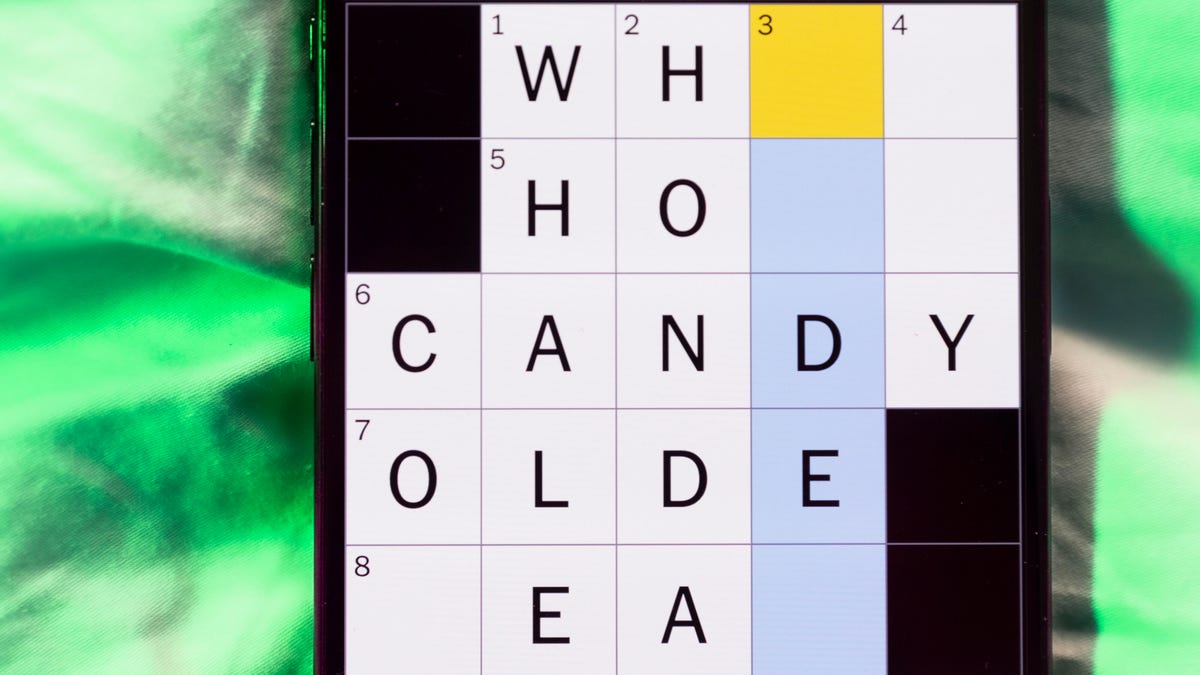
Looking for the most recent Mini Crossword answer? Click here for today’s Mini Crossword hints, as well as our daily answers and hints for The New York Times Wordle, Strands, Connections and Connections: Sports Edition puzzles.
Need some help with today’s Mini Crossword? There are a few tricky clues, so read on for the answers. And if you could use some hints and guidance for daily solving, check out our Mini Crossword tips.
If you’re looking for today’s Wordle, Connections, Connections: Sports Edition and Strands answers, you can visit CNET’s NYT puzzle hints page.
Read more: Tips and Tricks for Solving The New York Times Mini Crossword
Let’s get to those Mini Crossword clues and answers.
Mini across clues and answers
1A clue: Quickly fall asleep after a long day
Answer: CRASH
6A clue: 1/16 of a pound
Answer: OUNCE
7A clue: Where chess, shampoo and the number zero were invented
Answer: INDIA
8A clue: Uproar
Answer: FUROR
9A clue: Opposite of saved
Answer: SPENT
Mini down clues and answers
1D clue: Fancy hairdos
Answer: COIFS
2D clue: Period preceding a big event
Answer: RUNUP
3D clue: Tennis great Agassi
Answer: ANDRE
4D clue: Descendant of a wealthy family
Answer: SCION
5D clue: Symbol for «like» on Instagram
Answer: HEART
-

 Technologies3 года ago
Technologies3 года agoTech Companies Need to Be Held Accountable for Security, Experts Say
-

 Technologies3 года ago
Technologies3 года agoBest Handheld Game Console in 2023
-

 Technologies3 года ago
Technologies3 года agoTighten Up Your VR Game With the Best Head Straps for Quest 2
-

 Technologies4 года ago
Technologies4 года agoVerum, Wickr and Threema: next generation secured messengers
-

 Technologies4 года ago
Technologies4 года agoBlack Friday 2021: The best deals on TVs, headphones, kitchenware, and more
-

 Technologies4 года ago
Technologies4 года agoGoogle to require vaccinations as Silicon Valley rethinks return-to-office policies
-

 Technologies4 года ago
Technologies4 года agoOlivia Harlan Dekker for Verum Messenger
-

 Technologies4 года ago
Technologies4 года agoiPhone 13 event: How to watch Apple’s big announcement tomorrow
